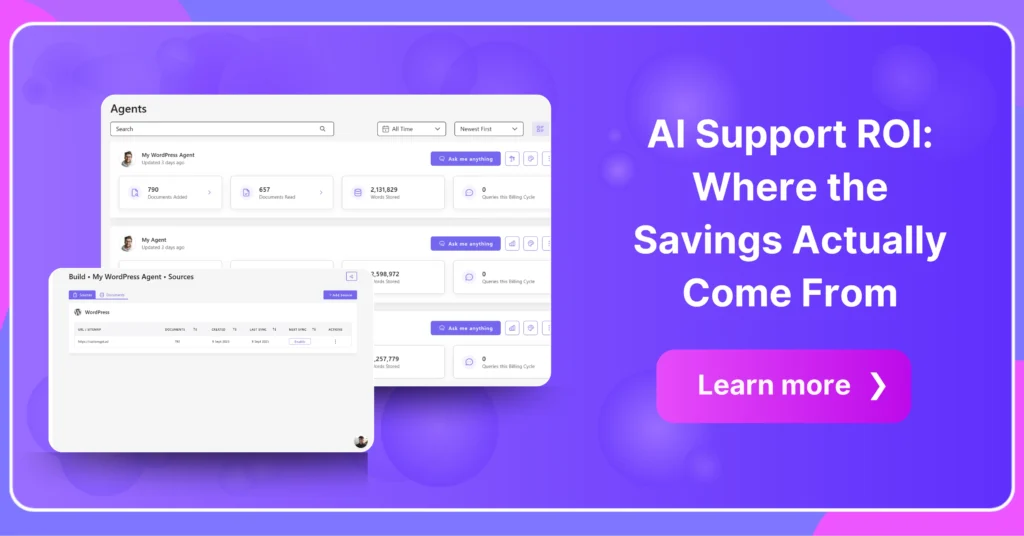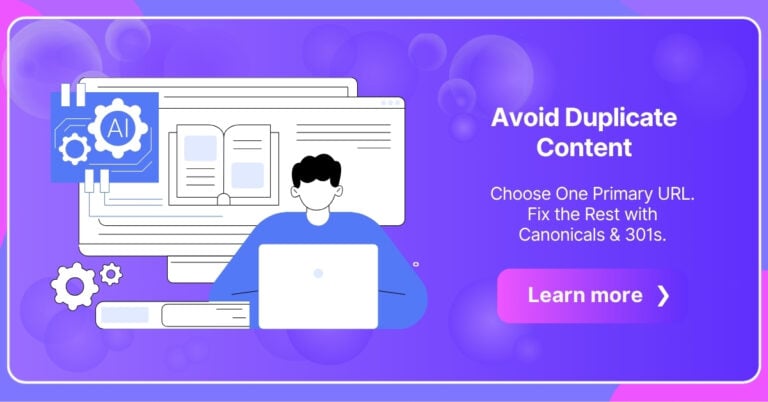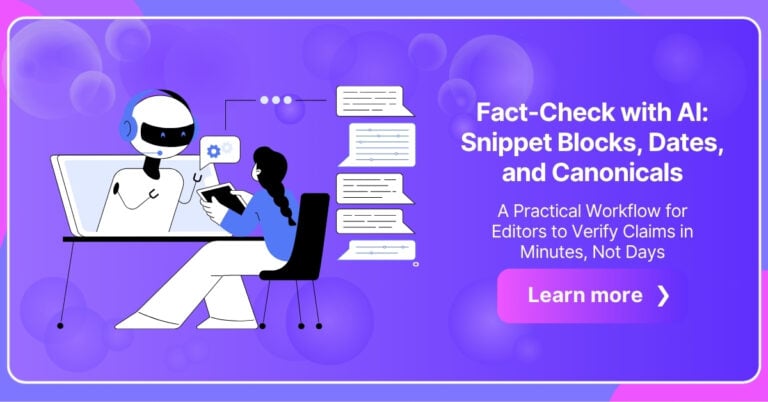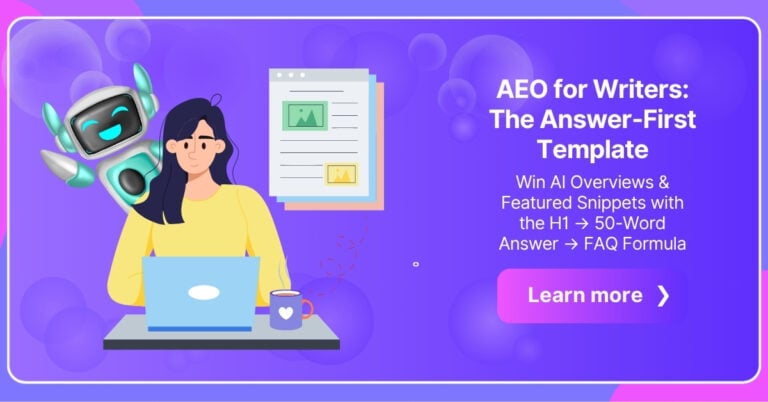When people talk about the ROI of AI support, it often sounds like a private-sector story—companies cutting costs and speeding up service.
But governments are discovering that the same principles apply to citizen services, and the stakes are even higher. Agencies need to serve more people with fewer resources, all while maintaining trust.

That’s where AI-powered chatbots and virtual agents come in: they automate routine requests, extend support after hours, and free staff for the problems that really need a human touch.
The result isn’t just lower costs—it’s more efficient service, happier citizens, and a long-term return that goes beyond the balance sheet.
The Hidden Costs of Traditional Government Support
Before we dive into the ROI of AI support, it’s worth looking at why traditional service models in government are so expensive and hard to scale. Most agencies rely on human agents, phone lines, and outdated ticketing systems.
That comes with costs you don’t always see at first glance:
- Labor-heavy operations: Adding staff is often the only way to handle higher demand, but headcount budgets are limited.
- Repetition fatigue: Agents spend much of their time answering the same simple questions, leaving little capacity for complex cases.
- Limited availability: Standard business hours leave citizens waiting or frustrated after-hours, which erodes trust.
- Escalation overload: Without smart triage, even basic inquiries clog up lines and drive up average handling times.
- Error risk: Manual processes increase mistakes, which can snowball into rework, compliance issues, or citizen complaints.
These hidden costs create pressure on both budgets and staff. That’s why governments are looking at AI not just to automate, but to rethink how support is delivered from the ground up.
Defining ROI in Government AI Support
When governments talk about the ROI of AI support, they aren’t just looking at dollars saved. It’s a mix of cost reduction, efficiency gains, and citizen satisfaction.
- Ticket Deflection: Ticket deflection is one of the clearest measures —how many routine questions AI resolves without needing a live agent. If an AI system contains 70% of requests, that’s a direct savings in labor costs and time. But if containment drops too low, follow-ups can actually increase costs.
- After-Hours Coverage: AI systems don’t need shifts or overtime, so they provide 24/7 service at no extra staffing expense. That means citizens get answers on their schedule, not just during office hours.
- Customer Satisfaction: Higher customer satisfaction scores are the softer but equally important returns: reduced wait times, and improved trust in government services. These don’t show up on a balance sheet right away, but they translate into long-term value through better citizen engagement.
A growing number of government agencies are already proving the model. By deploying AI chatbots on high-traffic service pages, they’ve scaled support, cut costs, and delivered consistent citizen experiences — all without adding headcount.
For governments, it shows that modernization is achievable even under tight budgets.

Tangible vs. Intangible Benefits of AI
The ROI of AI support in government comes from two sides: the measurable savings you can put on a balance sheet, and the harder-to-quantify value that shows up over time.
- Tangible benefits: Lower call center costs, reduced average handling time, and fewer tickets routed to live agents. For example, automating routine status checks or FAQs can save millions annually.
- Intangible benefits: Higher citizen satisfaction, better staff morale, and trust in digital government. These don’t always show up in quarterly budgets, but they pay off in loyalty and reduced churn on government programs.
The trick is not to view these as separate. When combined, tangible and intangible benefits tell the full ROI story — one that balances efficiency with better citizen experiences.
Where Governments See the Biggest Wins
When governments adopt AI support tools, the gains show up in ways that citizens notice right away — and in ways leaders see in the budget. The impact goes beyond just cost savings; it changes how services are delivered and experienced.
- Routine FAQs resolved instantly
Questions about license renewals, tax deadlines, or compliance rules tend to pile up and overwhelm staff.
With AI, those inquiries are handled in seconds, at any hour of the day. Citizens get their answers right away, and teams finally have breathing room to focus on the tricky cases that really need human judgment.
- Scaling without extra headcount
In government, hiring more staff is rarely an option. AI gives agencies a way to scale services during busy periods — like tax season or new program launches — without adding personnel.
The system flexes with demand, keeping service levels high even when inquiries spike.
- Consistency across multilingual, multi-channel queries
Citizens don’t all use the same channel, and they don’t all speak the same language.
AI ensures that no matter where or how someone reaches out — web, phone, or email — they get the same accurate answer. This isn’t just efficient; it creates a more equitable experience for diverse communities.
- Stronger public trust through faster service
Every interaction shapes how citizens view government. When wait times shrink and responses are accurate, trust grows.
Over time, these everyday improvements add up to something bigger: citizens who feel heard, respected, and confident in public services.
Real-World ROI in Action: A County Case Study
The numbers become more convincing when you look at what Bernalillo County’s Assessor’s Office (BernCo) achieved. Facing rising citizen inquiries, limited staff, and tight budgets, the office turned to AI-powered support instead of hiring more agents.
Here’s what happened in just the first 18 months:
- $108,000 in avoided staffing costs — savings realized without adding new headcount.
- 4.8× ROI — every $1 invested returned nearly $5 in measurable savings.
- 80% lower cost per interaction — about $0.99 with AI compared to $4.59 for a live agent.
- 28,433 citizen queries handled automatically, deflecting nearly 25% of total contacts away from call centers.
BernCo’s experience shows how AI doesn’t just replace manual effort—it multiplies the capacity of small public sector teams. With faster resolutions, lower costs, and consistent citizen experiences, modernization becomes achievable even under budget constraints.
Read the full case study here!

Direct Cost Reductions Through AI
For government agencies, the most immediate ROI of AI support shows up in direct cost savings. These aren’t hypothetical — they come from automation, labor efficiency, and reducing errors that would otherwise consume staff hours.
Automation and Labor Cost Savings
AI chatbots for customer support handle a high percentage of repetitive inquiries, from “Where’s my application?” to “How do I reset my password?”
- Every interaction that AI resolves means fewer calls for live agents.
- Governments can reassign staff to higher-value tasks instead of expanding headcount.
- Agencies with automation rates above 70% often see labor cost reductions in the range of 30–40%.
Error Reduction and Resource Optimization
Manual work often leads to small but costly mistakes — duplicate tickets, misrouted requests, or incomplete answers. AI reduces these errors by using real-time data and context to guide responses.
- Higher first-contact resolution means fewer follow-up calls.
- AI systems free up staff capacity, so complex or sensitive cases get more attention.
- This shift reduces both direct costs (fewer wasted hours) and indirect ones (fewer escalations).
Efficiency Improvements and Productivity Gains
Beyond cutting costs, AI actually makes support operations run smoother.
- Automated workflows reduce average handling time for cases.
- Staff productivity increases because they spend less time on routine requests.
- During peak demand, AI scales instantly — keeping services running without overtime or new hires.
Together, these direct savings make AI support one of the most budget-friendly modernization moves a government agency can make.
Efficiency, Error Reduction, and Productivity Gains
AI doesn’t just cut costs — it makes government support smoother and more accurate. By automating repetitive requests and pulling from trusted knowledge bases, AI reduces manual mistakes and shortens wait times.
For staff, that means less time spent on duplicate tickets or misrouted requests, and more time for complex cases where human judgment really matters.
- Reducing errors: AI pulls directly from approved policy documents and validates inputs in real time, preventing incomplete or inconsistent submissions. This reduces rework, escalations, and citizen frustration.
- Optimizing resources: Instead of hiring more staff during demand spikes, AI absorbs high-volume “tier-one” questions, freeing teams to focus on sensitive or advisory work.
- Boosting efficiency: Automated workflows and context-aware support cut average handling time (AHT). In one deployment, Microsoft’s Copilot for Service reduced AHT by 12% — and those gains compound fast when scaled across thousands of citizen interactions.
The result is a support system that scales with demand, avoids costly errors, and builds trust through faster, more reliable service.

Challenges in Proving ROI
Even when the numbers look good on paper, proving the ROI of AI support in government support isn’t always straightforward. Leaders often run into a few common roadblocks:
- Short-term vs. long-term value
Budget cycles push agencies to show results quickly, but the biggest benefits of AI — like improved citizen trust or lifetime cost savings — take time to surface. Balancing immediate wins with longer-term impact is tricky.
- Resistance from staff
Change management is as important as the technology itself. Staff may worry that AI will replace their roles, or they may be reluctant to adjust established workflows. Without clear communication and training, adoption can stall.
- Data quality issues
AI is only as strong as the data it runs on. Outdated, inconsistent, or siloed information can lead to poor results, which in turn makes ROI harder to prove. Many agencies underestimate how much effort goes into preparing clean, reliable data.
- Measuring “soft” ROI
Some of the most valuable outcomes, like higher citizen satisfaction or stronger trust in government, don’t show up directly in the financials. These “soft” metrics are harder to quantify, but they’re often the ones that matter most in the public sector.
Building the Business Case for AI in Government
Proving ROI of AI support isn’t just about numbers—it’s about building a story that connects cost savings, citizen experience, and long-term impact. A few steps make this process smoother:
- Start small with high-volume FAQs
Don’t try to overhaul the entire support system at once. Pick one or two areas—like license renewals, tax inquiries, or compliance questions—where the volume is high and answers are repetitive. Quick wins here make the value of AI visible fast.
- Track metrics from day one
Set clear benchmarks before launch. Measure ticket deflection, containment rate, and cost per interaction. Pair those with “soft” metrics like CSAT (citizen satisfaction) to show both financial and service outcomes.
- Tie results to budget impact and citizen outcomes
Numbers matter most when they connect to real-world improvements. Show how cost savings free up budget for other programs, or how faster service improves trust and reduces frustration for citizens.
- Use ROI stories to expand adoption across departments
Once you’ve demonstrated success in one department, share the results widely. Case studies—whether from your agency or from peers—help other teams see what’s possible. Over time, this builds momentum for scaling AI across government functions.
Beyond Cost Savings: AI as a Revenue & Trust Engine
When people think of AI in government support, the focus often lands on cost savings. But the true value goes deeper. AI doesn’t just cut expenses — it builds citizen trust and creates new opportunities for value.
- Higher citizen satisfaction (CSAT): AI reduces wait times by providing 24/7 access to accurate answers. In a UK government trial, civil servants using Microsoft’s Copilot AI saved an average of 26 minutes per day, amounting to roughly two weeks of time back per year
- Long-term trust in institutions: Consistency is key. AI ensures that every citizen, across every channel, gets the same verified information. This reliability strengthens confidence in public services, particularly in areas like compliance and property valuation where errors are costly.
- Revenue protection and optimization: Faster, more accurate answers reduce costly errors (like misrouted compliance cases or missed deadlines) that could otherwise trigger fines, appeals, or reputational damage. At scale, fewer mistakes mean more sustainable funding and smoother operations.
- Better employee engagement: By offloading repetitive questions, AI allows government staff to focus on advisory and high-value work. That shift boosts morale, improves retention, and makes limited budgets stretch further.
In this sense, AI becomes more than a cost-cutting tool. It turns into a revenue and trust engine — ensuring governments not only save money but also strengthen their relationship with the people they serve.
FAQ
How do governments actually measure ROI from AI support?
ROI is usually measured through cost-per-contact reductions, ticket deflection rates, and faster average handling times. But leaders also track citizen satisfaction scores, since trust and service quality are as important as savings.
Isn’t AI too expensive to get started with in government?
Not anymore. Many agencies start with low-cost pilots focused on a single use case—like FAQs or compliance questions—and expand once they see results.
Will AI reduce government jobs?
No. AI takes care of repetitive, low-value tasks, while staff are freed up for higher-value work like case resolution, compliance reviews, and citizen engagement.
Can AI really work with legacy systems that agencies already rely on?
Yes, most modern AI platforms integrate through APIs. That means they can pull knowledge from existing CRMs, ticketing tools, or databases without a full overhaul.
How can leaders build trust with regulators and oversight bodies?
By insisting on audit trails and clear documentation. Every AI answer should link back to a trusted source, making oversight reviews easier and more credible.
What’s the risk if AI isn’t implemented carefully?
Poorly tuned systems can frustrate citizens, increase follow-up costs, and even undermine public trust. That’s why agencies need pilots, feedback loops, and human-in-the-loop safeguards.
What about data privacy in government AI projects?
Data never leaves the agency’s control if configured properly. Leaders should choose platforms that comply with regulations like GDPR, SOC 2, and the new U.S. AI executive order requirements.
How quickly can governments see results from AI support?
Most pilots show impact within weeks, especially when focused on high-volume, repetitive requests. Full-scale rollouts often deliver measurable ROI in under a year.
Conclusion: Smarter ROI, Stronger Citizen Services
AI isn’t just about cutting costs in government support—it’s about creating lasting value. From reducing errors to streamlining workflows, from freeing up staff time to building citizen trust, AI delivers ROI that goes far beyond the balance sheet.
For public sector leaders, the path forward is clear: start small, measure impact, and scale where AI proves its worth. With the right strategy, governments can modernize citizen services, even under the tightest budgets, while improving satisfaction and resilience.
👉 Ready to see what smarter, AI-powered support could look like in your agency?
Explore the full case study on how one county scaled citizen services without adding staff — and check out our guides on AI chatbots for customer support and AI playbook for scaling services on a budget to start building your own ROI story today.
Unlock the ROI of AI Support for Your Business.
Maximize the ROI of AI support, save time and drive revenue with powerful, custom AI agents.
Trusted by thousands of organizations worldwide








